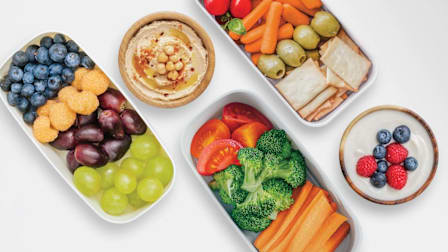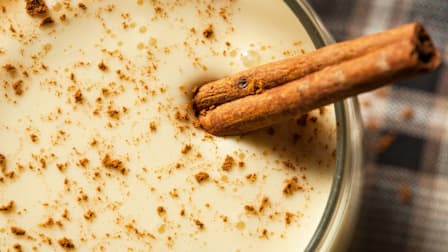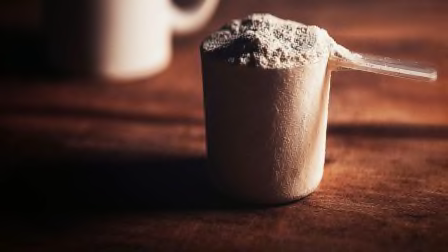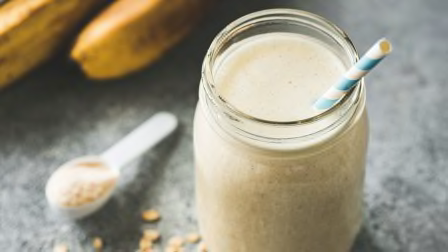What's Inside That Box of Mac and Cheese?
Some brands seem healthier than others—but there's actually little difference
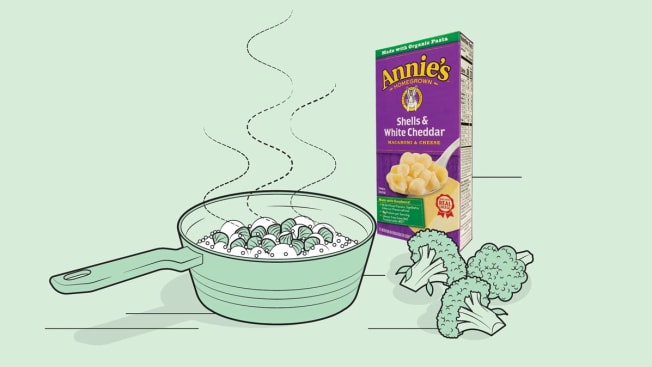
Packaged mac and cheese has long been a go-to meal busy parents serve their kids—even for breakfast during the pandemic, according to Kraft. Plenty of adults crave a bowl too, even though this cheesy dish has a well-deserved reputation for being a calorie and fat bomb. Just 1 cup can contain more than 350 calories and 11 grams of saturated fat per serving. But now store shelves feature organic, whole-grain, and bean-based “mac” options. Are they healthier? CR’s nutrition experts say not so much. We compared traditional Kraft with more healthful-sounding versions. Here are a few important takeaways.
Don’t assume organic means low-fat, low-cal, or low sodium. Foods with an organic label don’t contain pesticides—but don’t expect there to be other nutritional benefits. For example, Annie’s organic box has a calorie and fat content that’s similar to the regular Annie’s version—and a bit more sodium per serving, at 560 mg.
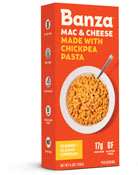
- Calories 380
- Sat fat 10 g
- Fiber 5 g
- Protein 18 g
- Sodium 680 mg
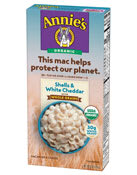
- Calories 360
- Sat fat 8 g
- Fiber 4 g
- Protein 10 g
- Sodium 570 mg
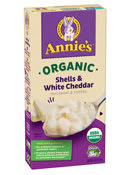
- Calories 350
- Sat fat 8 g
- Fiber 2 g
- Protein 11 g
- Sodium 560 mg
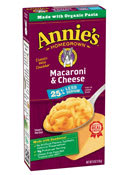
- Calories 350
- Sat fat 8 g
- Fiber 2 g
- Protein 11 g
- Sodium 410 mg
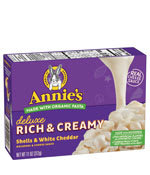
- Calories 330
- Sat fat 6 g
- Fiber 2 g
- Protein 12 g
- Sodium 790 mg
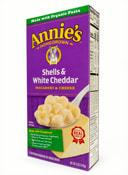
- Calories 350
- Sat fat 8 g
- Fiber 2 g
- Protein 11 g
- Sodium 510 mg
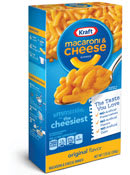
- Calories 390
- Sat fat 11 g
- Fiber 2 g
- Protein 10 g
- Sodium 580 mg
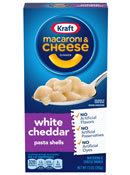
- Calories 490
- Sat fat 13 g
- Fiber 2 g
- Protein 13 g
- Sodium 680 mg
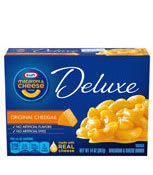
- Calories 310
- Sat fat 2.5 g
- Fiber 1 g
- Protein 11 g
- Sodium 940 mg
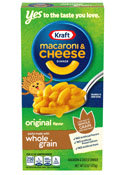
- Calories 390
- Sat fat 10 g
- Fiber 5 g
- Protein 9 g
- Sodium 590 mg
Editor’s Note: This article also appeared in the December 2020 issue of Consumer Reports magazine.

















